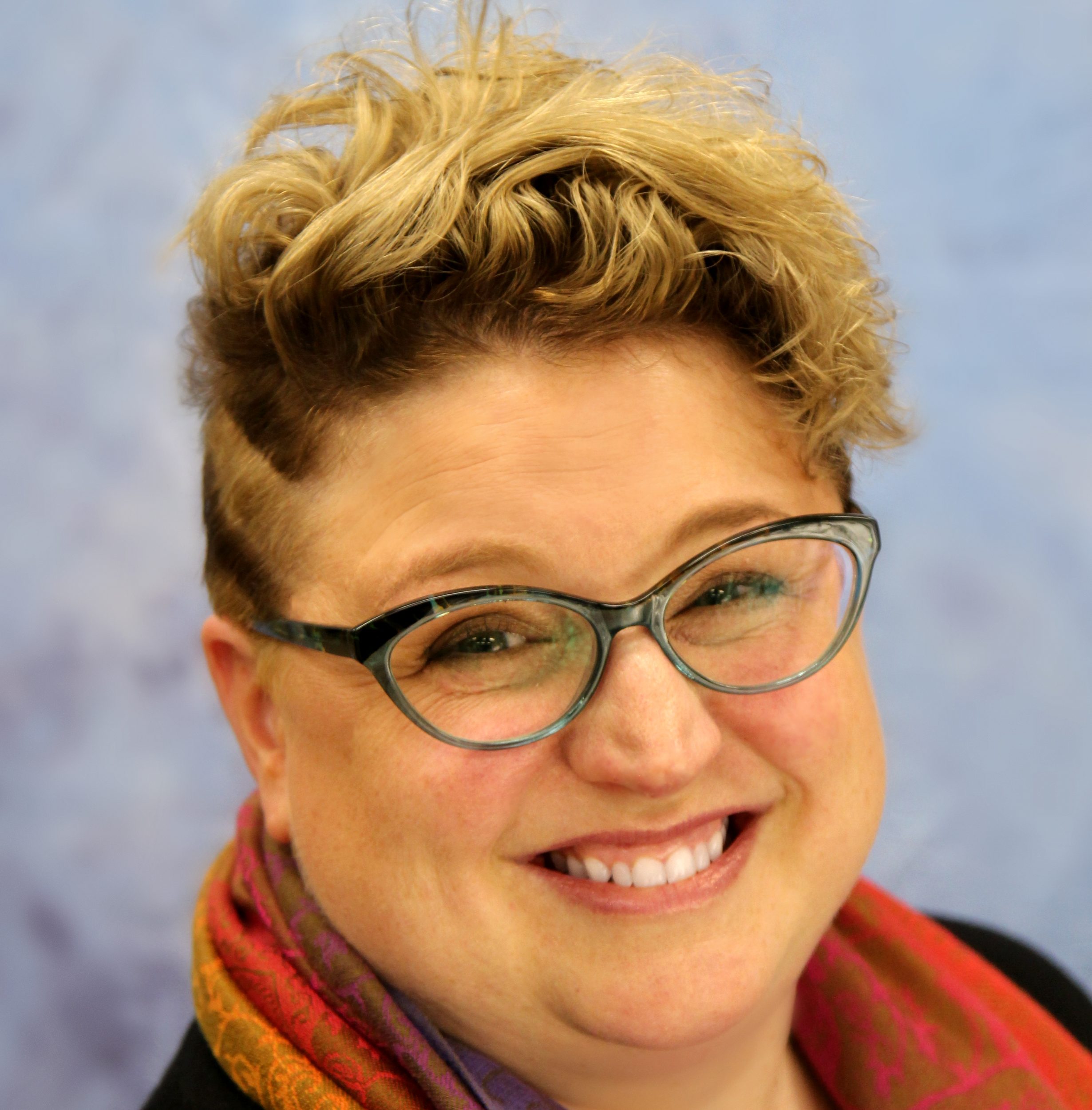When students first arrive at the Hogwart’s School of Witchcraft and Wizardry, they are required to participate in their first placement test before they can even sit down to dinner. As they crowd into the Great Hall, they must each put on the magical Sorting Hat to determine which House they will join during their time at school. Though this “sorting” doesn’t take into account all of the students’ skill-sets, knowledge, and potential, it determines the course of their future.
Why is a higher education administrator bringing up the fictional world of Harry Potter? Because the most common way colleges and universities determine student placement in remedial classes—results from a single standardized test—is as flawed as the Sorting Hat. That’s why I’ve been working with my colleagues at other community colleges in Oregon to advocate for the use of multiple measures for placement of incoming students.
The problems with using a single standardized test for student placement are well-documented. A 2012 study found that up to one-third of students placed in remedial classes using a single test could have passed college-level classes with a grade of B or better. Despite this, only one in five colleges use any criteria other than standardized testing to decide which students take remedial math, and just 13 percent used other measures for placement in remedial English.
Why does this matter? Because the vast majority of students placed in remedial education will fail to eventually earn a college credential. According to a 2012 report from Complete College America, fewer than one in ten students who started in remediation graduate community college within three years and little more than a third complete bachelor’s degrees in six years. By using such an inaccurate measure for student placement, we are ripping opportunity away from our young people.
The better option is using multiple measures for student placement. I have been proud to work with colleges across Oregon to pilot a number of alternative measures to standardized tests, including data points like AP classes, GED test scores, high school GPA and last math or English class and grade information. We’ve also explored creative ways to provide additional academic supports to students who need it, including free online study materials and co-enrolling students in remedial and college-level courses.
I believe that implementing multiple measures for student placement is critical to student success. Sure, it is more complicated than a simple test. But if we’re serious about promoting equity and social justice in our communities, we have to stop expecting that students come to us “college-ready” and instead be “student-ready colleges” that are committed to giving all students what they need. Embracing our students’ potential by using multiple measures for placement should be our first step.

